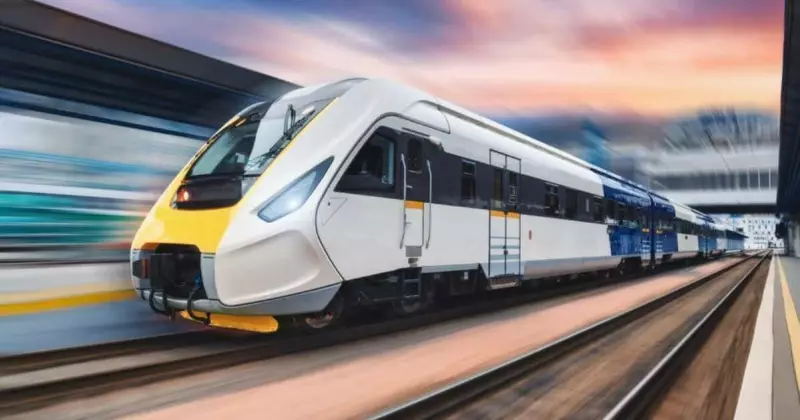
Hunter Region Poised for High-Speed Rail Transformation
The Hunter region stands at the center of a transformative infrastructure project that could reshape Australia's east coast for generations. The High Speed Rail Authority has completed its business case for stage one of a high-speed rail service that will eventually stretch from Melbourne to Brisbane, with the initial foundation route running from Newcastle's Broadmeadow to Western Sydney Airport.
Federal Infrastructure Minister Catherine King recently told an infrastructure summit that high-speed rail represents the kind of transformational infrastructure that could dramatically improve connectivity along Australia's densely populated eastern seaboard. Her comments came as Infrastructure Australia recommended an additional $667 million in federal funding for detailed planning of the project's first stage.
Project Timeline and Strategic Importance
The ambitious project is scheduled to commence construction in 2027, positioning it as a potential centerpiece of the Albanese Labor government's re-election campaign the following year. The proposed route includes strategic stops at Lake Macquarie, the Central Coast, Sydney Central, and Parramatta - all located within federal Labor electorates.
While Minister King emphasized the need for prudent management, including further analysis of benefits, construction workforce availability, and private financing options, her remarks focused on ensuring the project's success rather than questioning its viability. This suggests strong government support for moving forward with what could become Australia's most significant infrastructure undertaking in decades.
Addressing Transport Challenges
The push for high-speed rail comes in response to critical transport deficiencies identified along the Newcastle-Sydney corridor. Infrastructure Australia describes this as Australia's busiest regional transport corridor, yet one plagued by services that are "slow, unreliable, congested and anticipated to worsen."
Traditional solutions have proven inadequate. Building a duplicate M1 motorway would be prohibitively expensive and exacerbate traffic congestion on feeder roads. Meanwhile, engineers have struggled for decades to extract further efficiencies from the existing heavy rail service between Newcastle and Sydney.
Economic and Housing Benefits
The high-speed rail project promises substantial economic dividends beyond improved travel times. Infrastructure Australia anticipates the development of over 40,000 new dwellings along the corridor - more than the current total in Maitland Local Government Area - concentrated in higher-density configurations around station precincts.
Perhaps most significantly, the project could catalyze the creation of approximately 90,000 ongoing jobs, with major employment hubs emerging in Broadmeadow and Gosford in the north, Parramatta and Western Sydney Airport in the southwest, and Sydney's CBD maintaining its central role with 600,000 jobs.
This represents a rare infrastructure project where both Newcastle and Western Sydney emerge as winners, joined in an economic partnership that could redefine regional development patterns.
Future Expansion and Competition
The initial Newcastle to Sydney stage represents just the beginning of a broader vision. Subsequent stages would connect Sydney to Melbourne - one of the world's busiest air traffic routes - and Brisbane, which is expected to experience significant growth leading up to the 2032 Olympics.
An east coast high-speed rail network, passing through Newcastle, would provide genuine competition to Qantas, offering travelers an alternative to what Professor Phillip O'Neill of Western Sydney University describes as "that often awful monopolist." This competition could drive down prices and improve service quality for Australian consumers.
Infrastructure Australia acknowledges that the initial high-speed rail service won't perfectly serve all travelers' needs and has called for additional work on integrating the new system with existing transport networks. However, the authority emphasizes the likelihood of wider benefits extending well beyond direct transportation improvements.
The project represents a significant shift in federal infrastructure planning, with government planners focusing on a project centered specifically on the Hunter region. The next phase could see the government leveraging its substantial political, regulatory, and budgetary powers to deliver lasting benefits to regional communities.
As Professor O'Neill suggests, this could mark the beginning of a new era of prosperity built around sustainable economic sectors, with education and research underpinning livelihoods in a region transitioning away from coal dependency. The vision includes improved housing affordability, job access, and quality of life becoming the norm rather than the exception.
With strong support from Minister King and apparent enthusiasm from Prime Minister Anthony Albanese, the high-speed rail project appears positioned to move from planning to reality, potentially transforming the economic landscape of the Hunter region and beyond.





